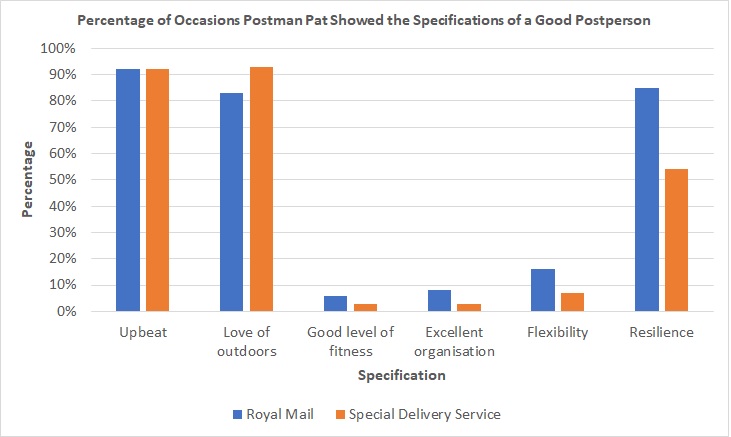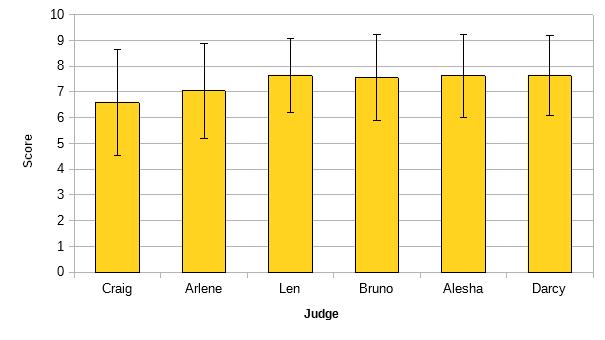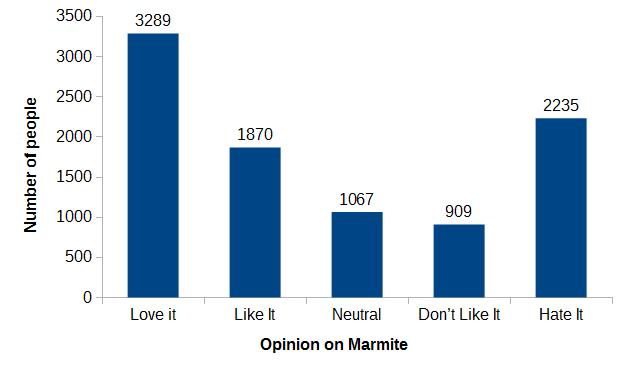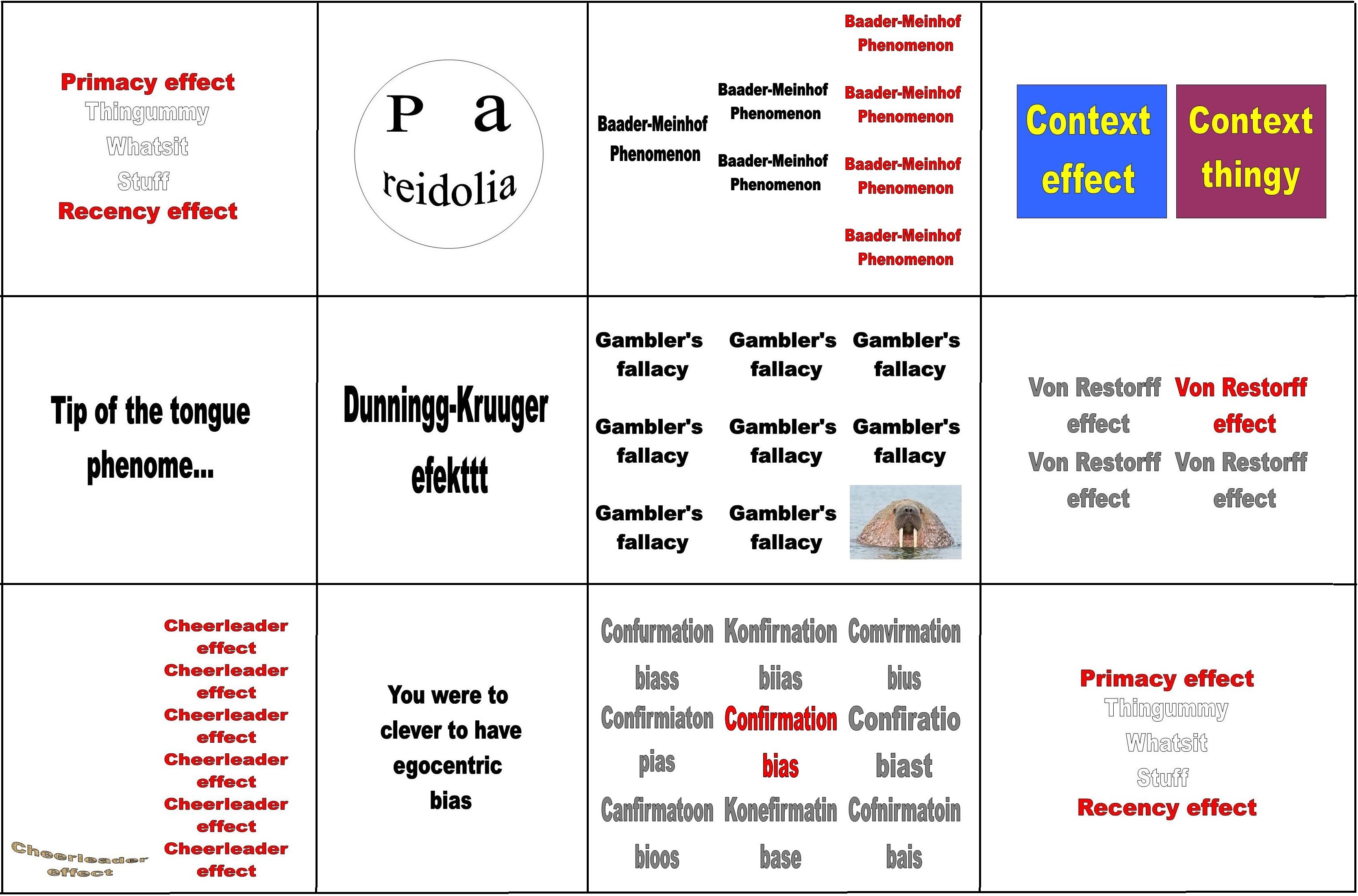Pat drives around with an unsecured animal with no thought to the safety of said animal or consideration for any allergies that may be present in his delivery population. An overreaction possibly, but it is becoming clear that the issue, unlike the cat, isn’t black and white. In the village of Greendale, there are 9 obvious children (33.3% of the total population). Based on a quick visual inspection, 5 of these children look more like Pat than they do their own parents. This is of course an unreliable indication, but it does raise suspicions that Pat may be delivering more than just the post. Of course, reducing the genetic variability of a fictional village in Cumbria doesn’t mean that Pat is a bad postman. Although observations of him opening other people’s mail, letting himself into homes uninvited and using a helicopter to get some balloons down from a tree provide hints that he is.
Postman Pat has not been associated with the Post Office and Royal Mail for a number of years. Despite the postal workers’ union describing the decision as a “disgrace” as Pat “stood for everything good about postmen”, Royal Mail dissociated themselves from him in 2000 as he was seen as no longer fitting with the company’s corporate image. That corporate image probably not including mistakenly giving a scarecrow a letter due to thinking it’s an actual human. Instead, Pat now runs a Special Delivery Service where he uses a high-tech command centre, limousine, snowmobile, single-seat plane, jeep, motorcycle, helicopter and bright red van to deliver the post to Greendale (population 27). That’s a bit unfair. He also occasionally delivers to Pencaster.
Pat is therefore in charge of a multi-million pound operation, more if you include the cat, and it’s probably worthwhile checking if he actually is as good at his job as his friends assume or if the occasional episodes of criminal behaviour mentioned hint at darker more incompetent possibilities.
I couldn’t get hold of the annual review specifications for Royal Mail as I am not employed there and the specifications for Special Delivery Service were not available due to it not being a thing. I could get the person specifications for what Royal Mail considers to be essential for a good postperson. These seem to be fair criteria against which to judge Pat’s competence. According to Royal Mail, a good postperson needs to:
- Be upbeat and self-motivated
- Love the outdoors
- Have a good level of fitness
- Be highly organised
- Be resilient
- Have flexibility within their role
A driving licence (with no more than 6 points) is also useful. Snowmobiles are not mentioned. To see whether Pat matches these specifications, I looked across the 196 episodes available and noted the occasions on which Pat displayed the required attributes.
Royal Mail also has targets for first class and special delivery. For example, in 2020, the target for mail delivered on time for first class and special delivery was 93.0% and 99.0%, respectively. While Royal Mail is the only UK mail delivery company required to publish Quality of Service performance against delivery targets every quarter, Pat basically lets us observe whether he meets these targets when working for Royal Mail or for Special Delivery Service, so his performance in this respect was also recorded (I checked how often his deliveries were on time).
There should be some caution in interpreting the results as it was just me doing the scoring so we can’t discount Confirmation Bias. These results were based on all of the episodes available to me (all of them) so we can sure we have reached data saturation. Another note of caution in interpreting these results is required as in most instances I read about the episodes rather than watching them due to reasons of time and my own wellbeing. Sadly, snow, rain, heat or gloom of night would have stayed this “researcher” in completing this “analysis”.
From the bar chart we can see that Pat does pretty well for being upbeat and showing a love of the outdoors. He scored comparatively low on organisation, fitness and flexibility. Presumably, he had a driving licence 100% of the time. There was no mention of his pilot’s licence.
It’s a different story when we look at how often he delivered the mail on time. Here Pat falls well below the targets set by the Royal Mail. Like, so far below that it won’t be long before we’re watching Mole Person Pat. It is unknown what the targets for the Special Delivery Service are, but you would hope they were higher than what Pat is achieving.

As shown below, these results are comparable when split by when Pat was working for Royal Mail and when he was working for Special Delivery Service. It could be argued that across several specifications, Pat appears to be performing worse numerically for Special Delivery Service than for Royal Mail. Despite millions of pounds worth of investment, Pat actually got worse at his job. Maybe we should change his name to Sunk Costs Pat.
Why then, is Pat still employed? In fact, in one episode he was actually given an award for the quality of his service! People obviously think Pat is good or at least competent at his job. But why?
I think what we are looking at is an example of the cognitive bias, the Halo Effect. The Halo Effect occurs when positive perceptions of something in one area influence perceptions in another area to be more positive. The classic example is where an individual is seen to be physically attractive and therefore assumed to also be a morally good person. In business, performance appraisal has been shown to be highly influence by the Halo Effect, as have results in trial by jury.
We can note that where Pat scores well against the ideal postperson specifications are in areas where you have to LOOK good at the job (upbeat, show a love of the outdoors), but that he doesn’t score so well against specifications where he has to BE GOOD at the job (organisation, flexibility, resilience, or coming within a million miles of meeting performance targets). The Halo Effect could mean that because Pat looks superficially good at his job, it will be assumed that he is good at his job. And then given a helicopter.
Overall, it’s unknown whether the Halo Effect is the main influence for Pat being bad at his job, but being perceived as good at his job. Future Postman Pat research might require a less obviously popular postman, perhaps Cliff Clavin from Cheers, for comparison of perceptions versus fictional postperson effectiveness. However, it is clear that fictional postmen do well with the Halo Effect as Moist von Lipwig, a postmaster from Terry Pratchett’s Discworld series, was very well thought of based on his charm and a gold suit. Although the comparison between Moist and Pat ends here as Moist actually ran a very effective postal service, whereas Pat might as well take everything with a stamp and kick it into a ditch. It’s OK though. Pat feels he’s a very happy man.
Don’t get me started on Fireman Sam.

























